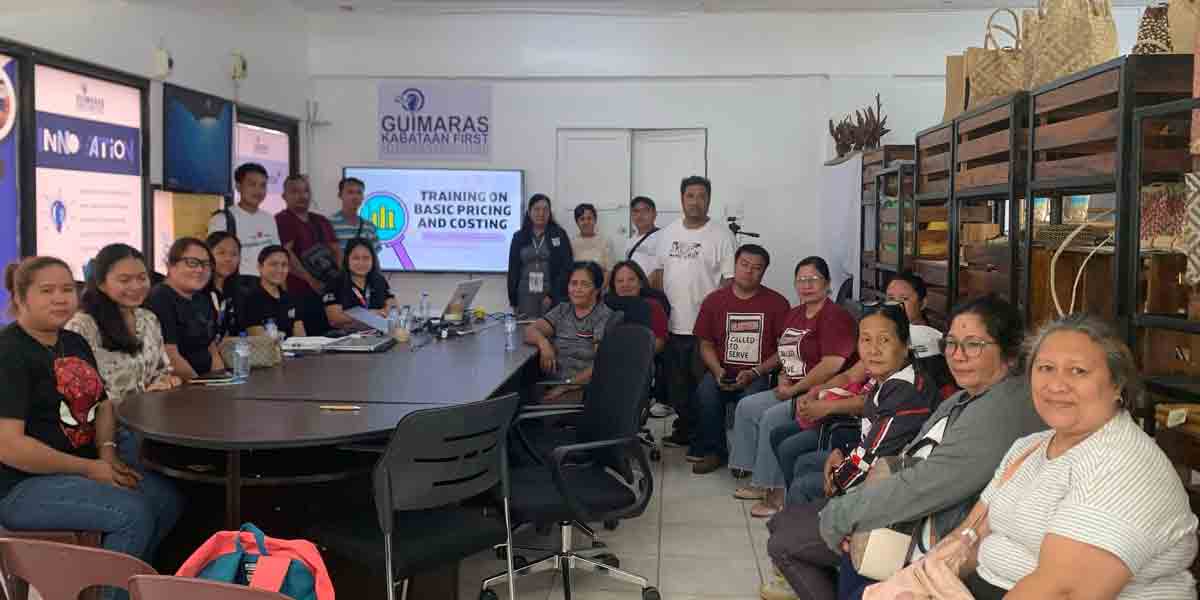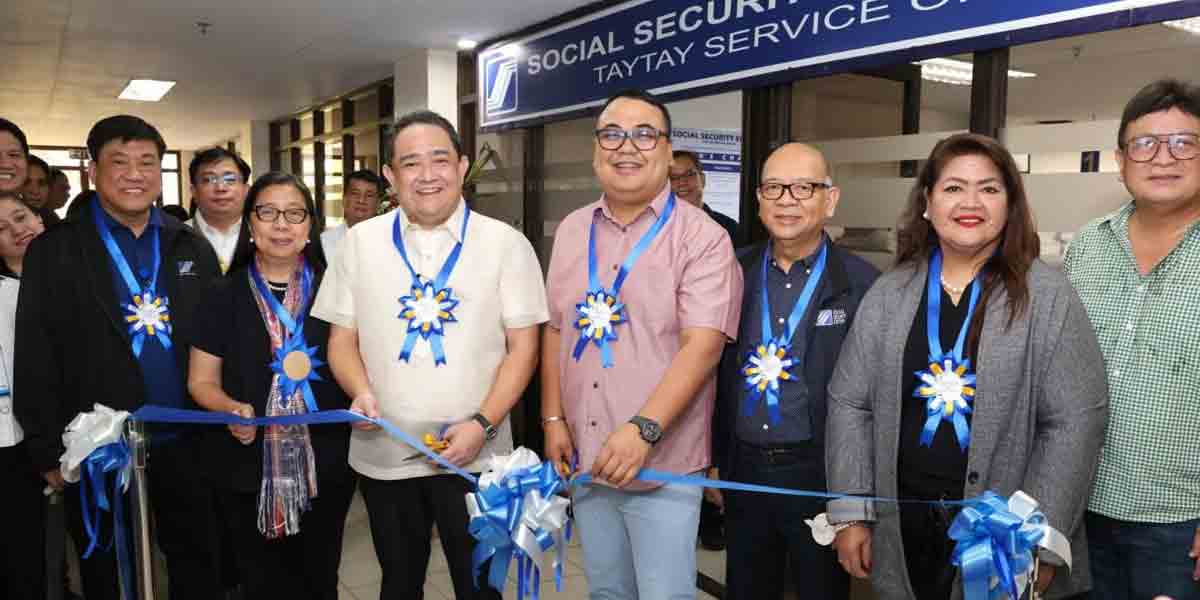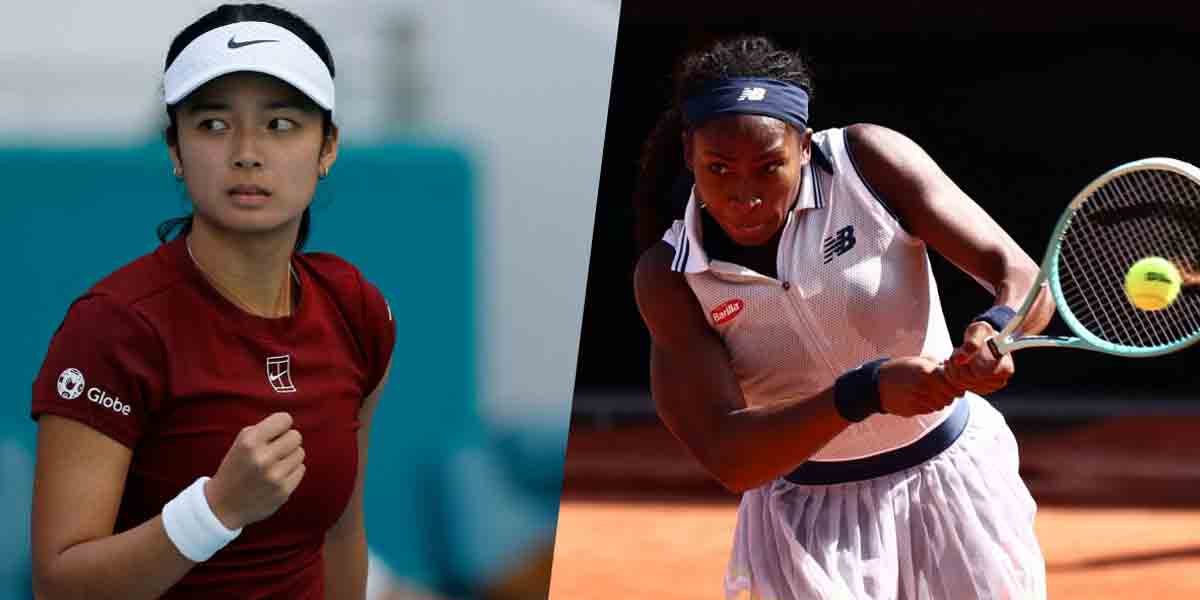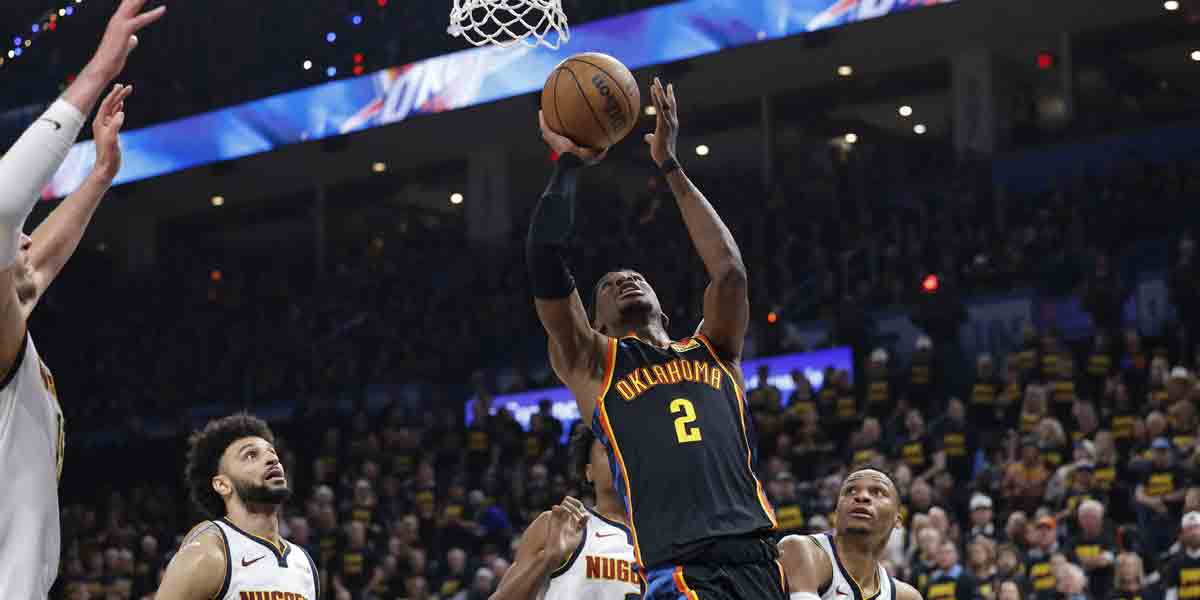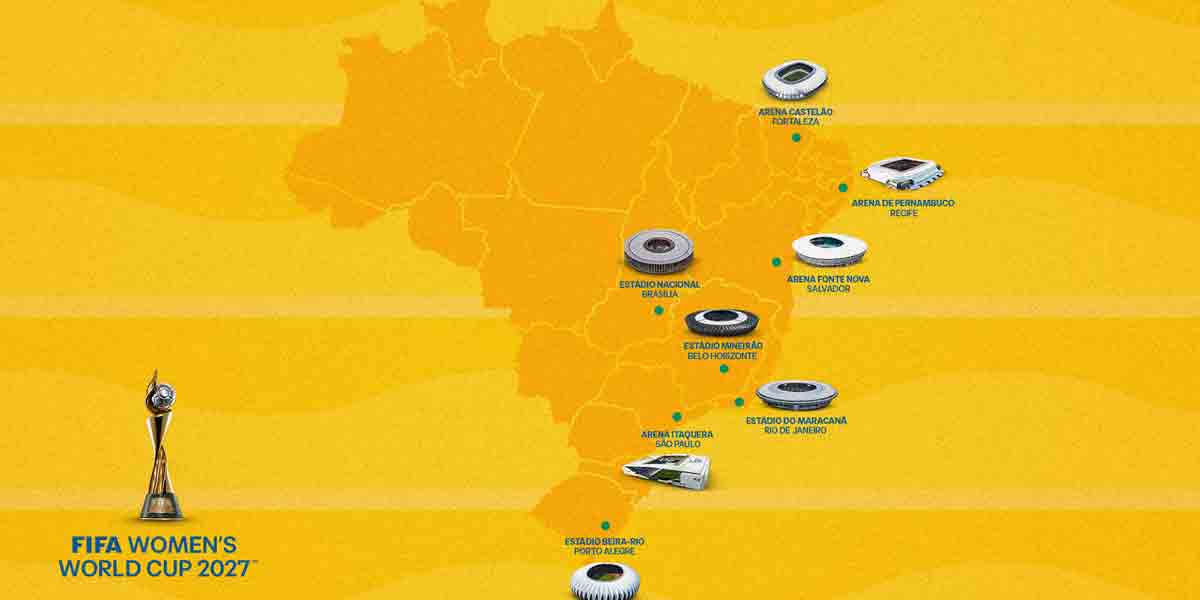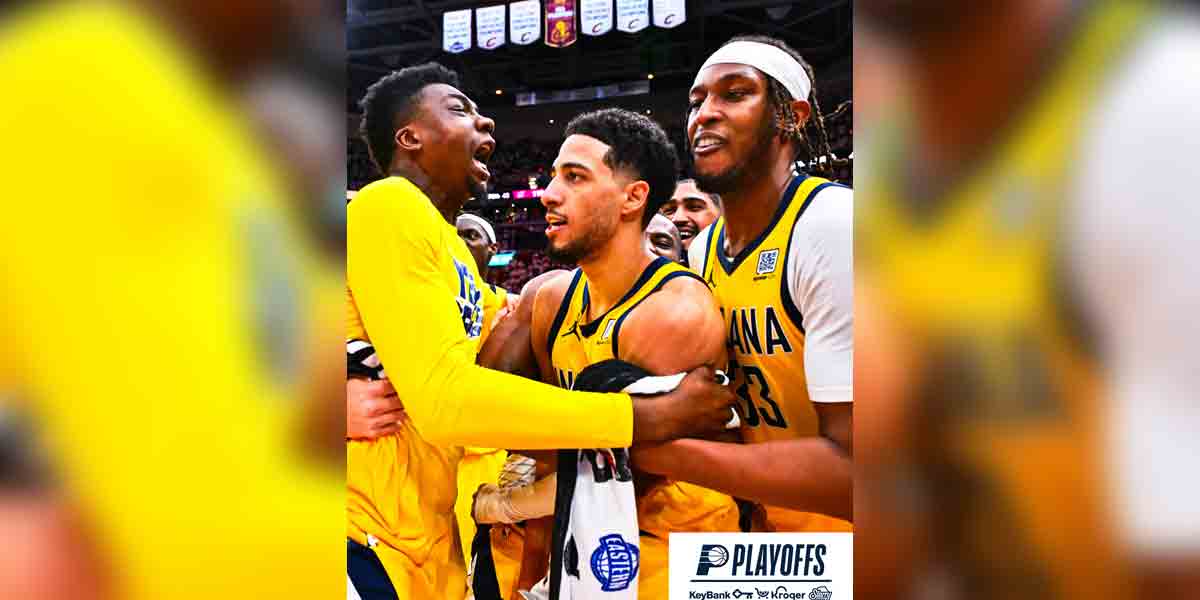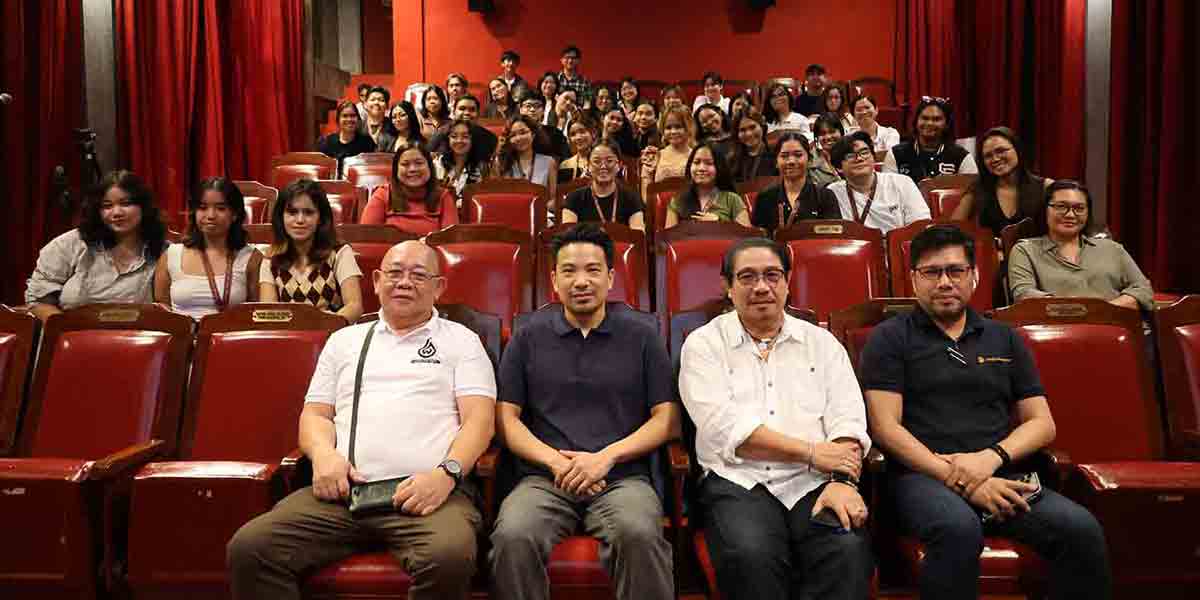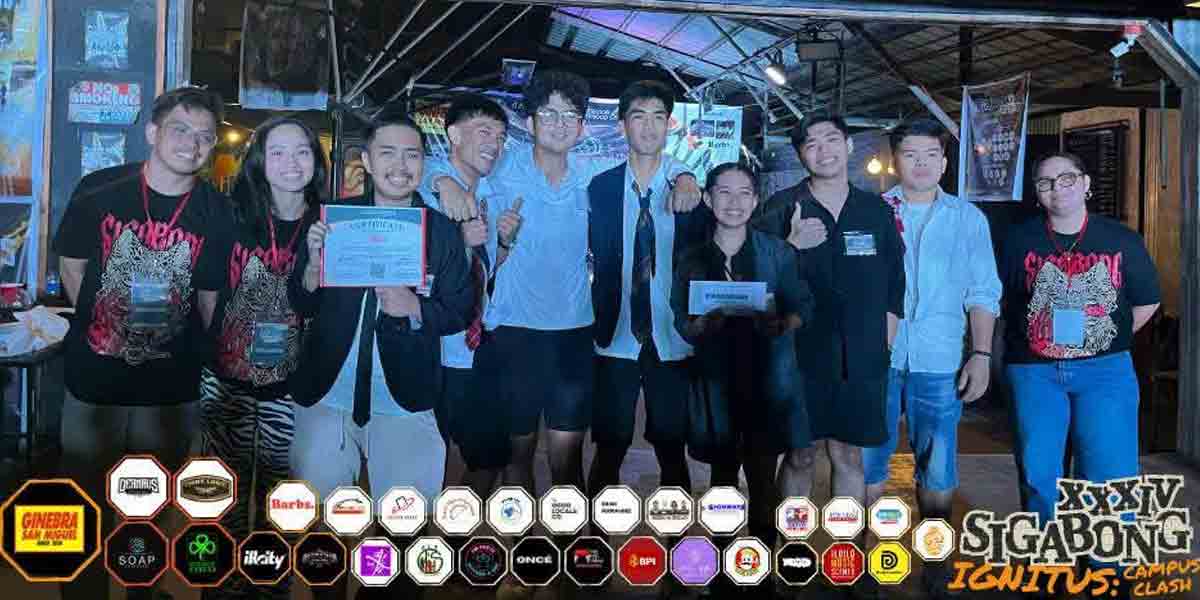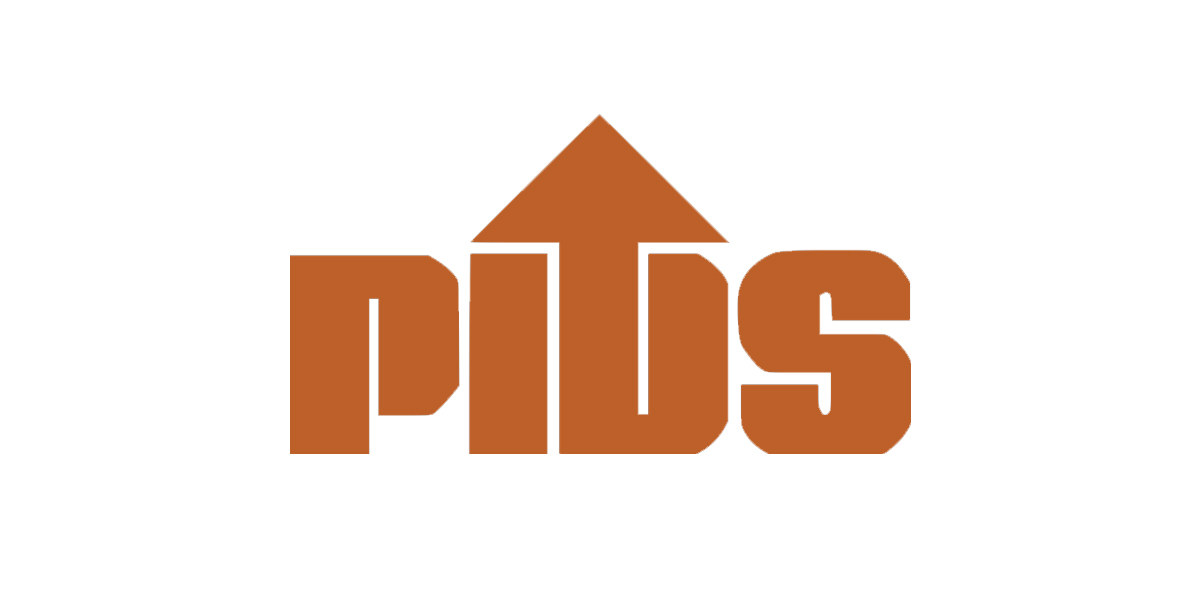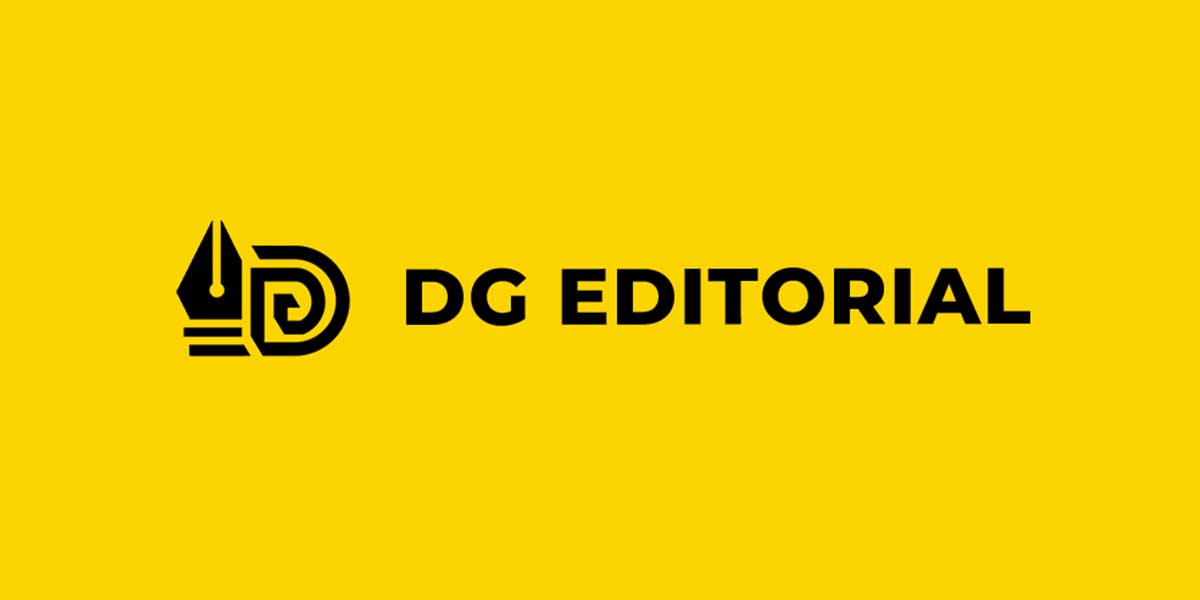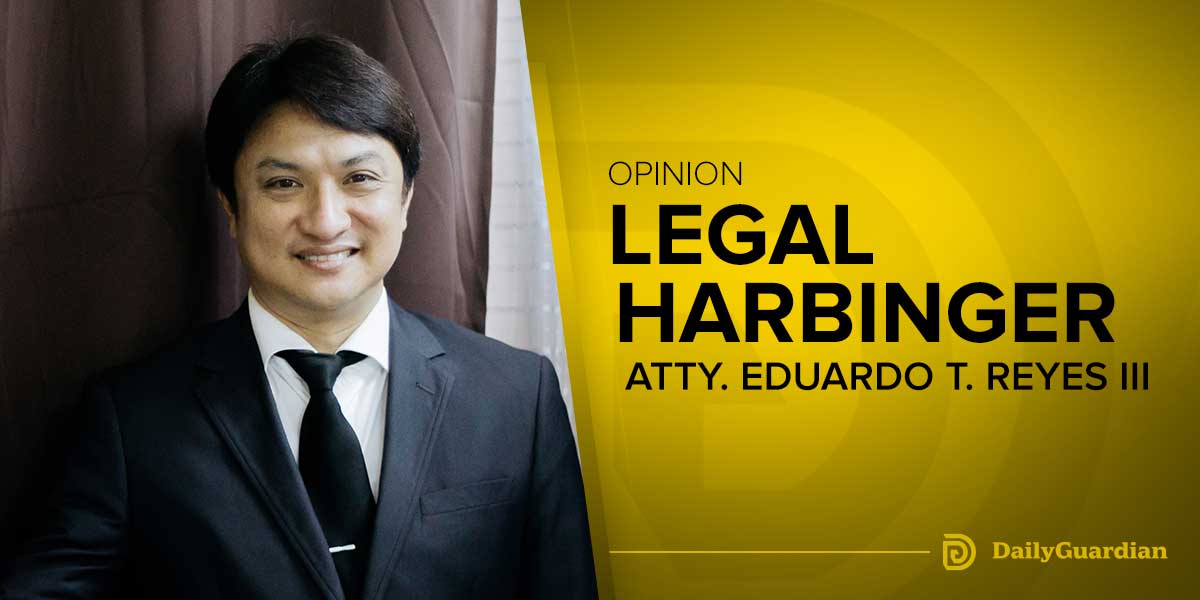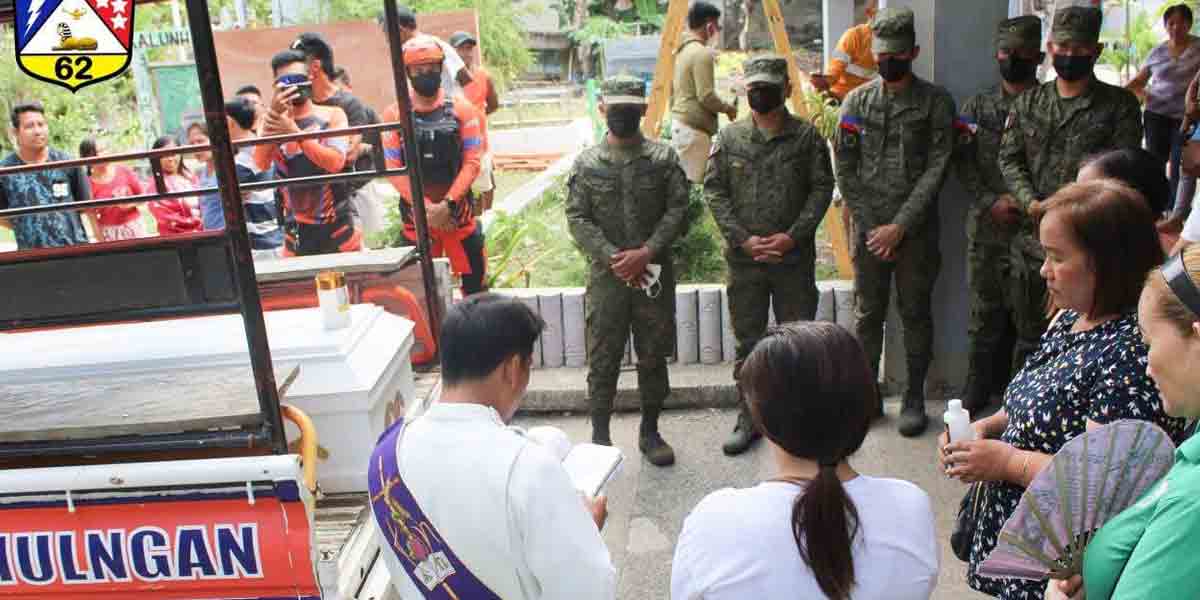By Engr. Carlos V. Cornejo
This book teaches us how to achieve greatness in athletics, skills, or knowledge by choosing the third option: reverse engineering. Authored by Ron Friedman, “Decoding Greatness: How the Best in the World Reverse Engineer Success” is a best-selling book worthy of every money you pay if you buy it.
The two common way to greatness is to leverage or maximize a gift God (e.g. if you are tall, choose basketball since it is a game that favors tall people) or practicing more than others. The third option of reverse engineering that this book teaches is to find out the blueprint of great work and great performances that will save you hours of practice and allow you to leap past people more talented than you. Here’s how to achieve it according to the author.
Collect
Most masters were collectors of other masterworks: David Bowie collected playing records, Julia Child collected cookbooks, and Van Gogh had more than 1000 Japanese prints to his name despite being incredibly poor.
Award‐winning chef Michelle Bernstein tells aspiring master chefs to spend whatever money they have on eating at great restaurants and expose themselves to greatness. Friedman says, “Studies indicate that simply consuming examples with an underlying structure leads you to detect their patterns, even when you’re not consciously trying to learn a thing. It’s a process cognitive psychologists call implicit learning.”
In my case after reading many self-help, philosophy and spiritual books, I saw a pattern that helps me write my articles with good insights and give classes that could make my listeners get interested.
Copy-Working
Study an exceptional piece of work or a remarkable performance, and then recreate it from memory, word for word or movement by movement. Copy-working will teach you the stylistic tendencies and organizational decisions of extraordinary people in your field, alive or dead.
If you’re an aspiring athlete, study and mimic the practice routine of your favorite athlete to get a feel of how they prepare for competition. As you copy their movements from memory, ask yourself, “How does this contribute to greatness?” If you’re an aspiring chess master, study masterful games and recreate them on the board from memory to get a feel for a Grandmaster’s decision‐making process.
Reverse Outlining
Great creators go from outline to finished product. Your job is to work your way back from a finished product to an outline. By working backward, you can craft a blueprint to do great work. When you hear a great speech, watch a great video, or listen to a great interview, imagine an outline the creator could have used.
For example, if you’re listening to the most popular TED Talk of all time, “Do schools kill creativity?” by Sir Ken Robinson, the outline of his talk would look like: Introduction (13%), Thesis (2%), Anecdotes to support the thesis (21%), Explain status quo (25%), Discuss
current challenge (5%), Potential solution (10%), Close with an inspiration story (25%)
Contrasting
Take a piece of work from your greatness collection and put it next to a similar work that is good but not great. For example, a best-selling book vs. a mediocre book, or a great movie vs. just a good movie, then ask, “What’s the difference?” and “What makes the great work special?”
Note the differences between the good and the great in a greatness notebook. After several months of doing this exercise, find patterns in your notebook and collect the common insights to generate a greatness checklist that you can use before starting your next project.
Evolve
Copy-working, reverse outlining, and contrasting are reliable ways to discover a greatness formula. However, you cannot simply follow that formula and expect to be great. The threshold for greatness is constantly moving, and people’s tastes are constantly evolving. Therefore,
you must iterate a greatness blueprint.
Use outside influences to iterate a greatness blueprint and chart a new path. Hire new contractors and work with different team members, spend time with people who excel in different fields, and seek a broad range of experiences and skills that you can bring into your work in unexpected ways.
The path to greatness is not easy, but attaining greatness is easier through reverse engineering.





